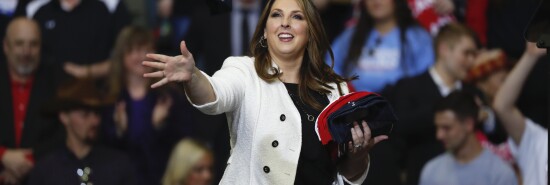
The new GOP coalition has a donor dilemma and a turnout crisis
Tiana Lowe Doescher
After promising in 2016 that “for every blue-collar Democrat we lose in western Pennsylvania, we will pick up two moderate Republicans in the suburbs in Philadelphia,” Democratic Majority Leader Chuck Schumer has had the last laugh repeatedly, and Election Night 2023 is no exception. Although the ink is still drying on the exit polls and outstanding ballots are still being counted, there is no way of getting around it: Republicans once again widely underperformed, and they did so in the races that faced the most national scrutiny. Above all, the string of disappointments suffered since 2018 makes clear that the GOP has traded a once-winning coalition for a losing one.
The figures we can already be fairly sure of are campaign expenditures, and the numbers are abominable for Republicans.
Working class wallets, and the smaller dollars they are capable of donating, would not be an issue if Republican turnout remained robust. Yet when Democrats coalesced their new coalition of disproportionately college-educated and female voters, they also inherited not just the most enthusiastic partisans, but also the most enthusiastic planners who turn out in much larger numbers. Between the Democratic political machine and its new cadre of voters, Democratic turnout has thus exploded relative to its pre-2018 off-year election baseline, while Republican turnout has failed to keep up.
There are some other salient problems still plaguing the GOP beyond the broader demographic despair. The Republican National Committee under Ronna McDaniel’s leadership continues to disgrace the movement, and more than a year after the Supreme Court returned the abortion issue to the states, Republicans have still not found an affirmative message that defends life without scaring off women and other suburban voters. But these repeats of Republican defeats indicate a structural fragility of the new and far from improved party coalition.
